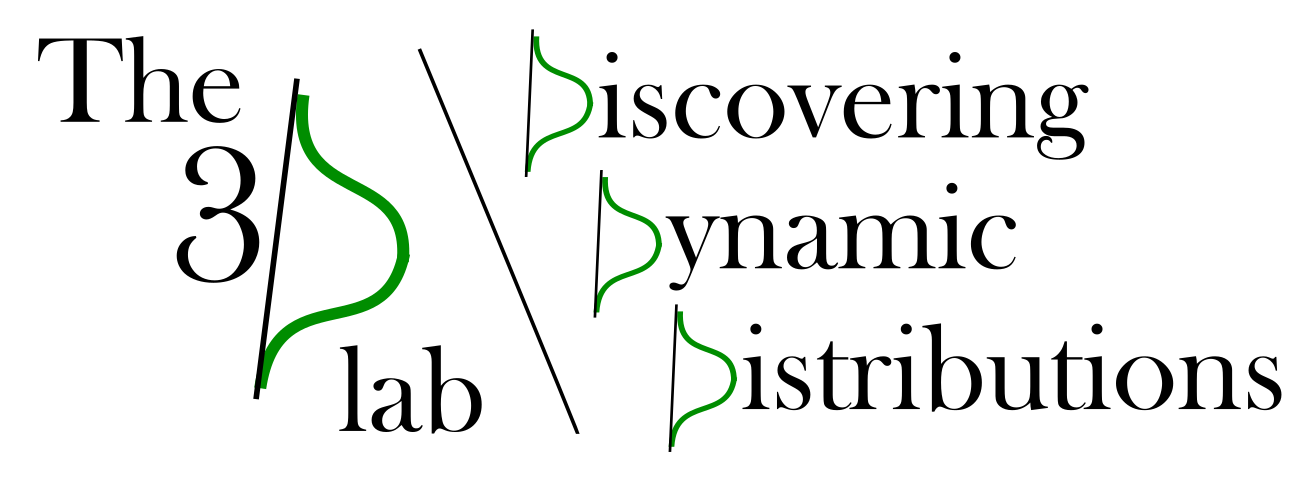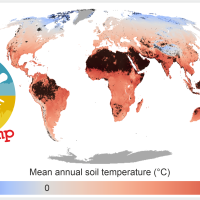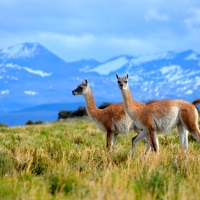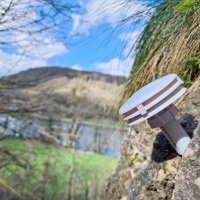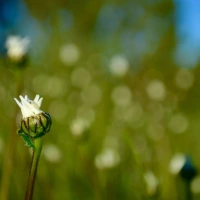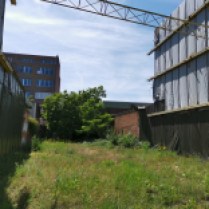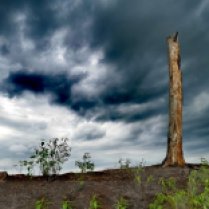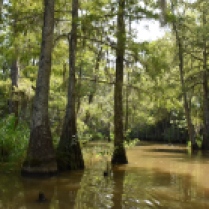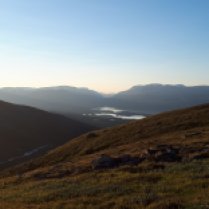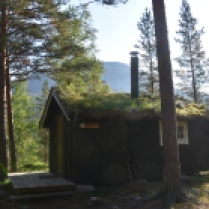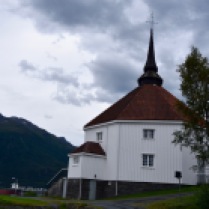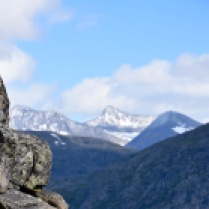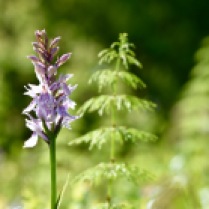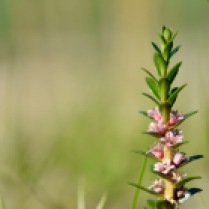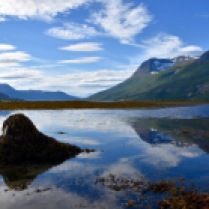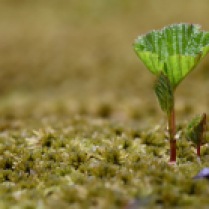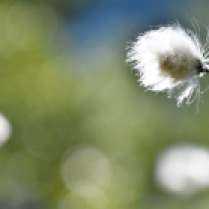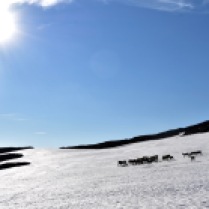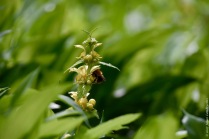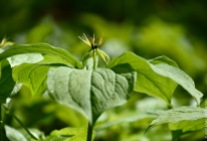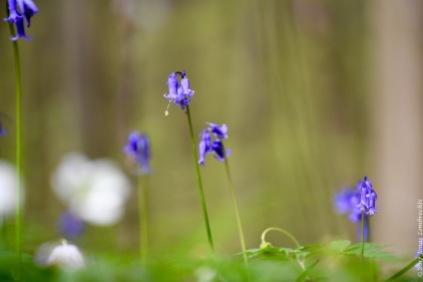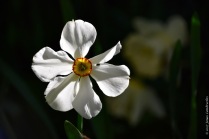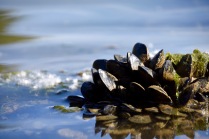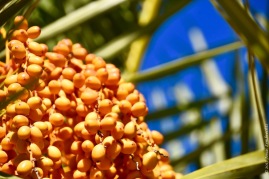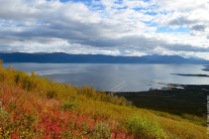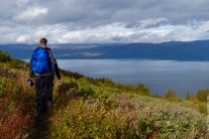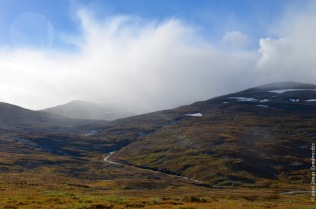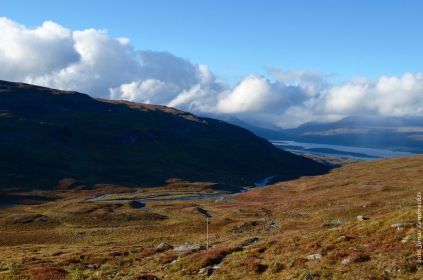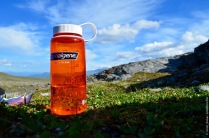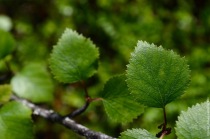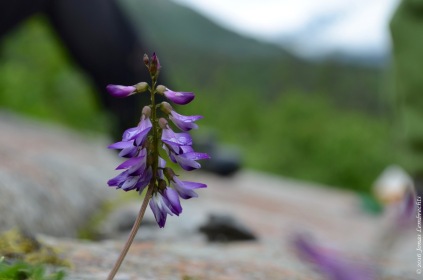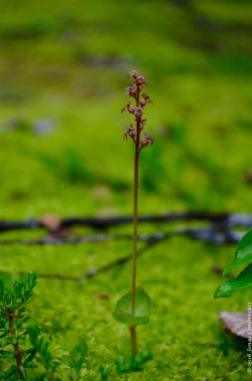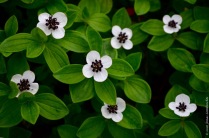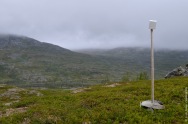One day, a fantastic gift arrived from one of my Chilean colleagues: a compendium of non-native plant species in the country. Beautifully illustrated and brimming with clear information, I immediately found it to be a go-to resource for understanding ruderal vegetation back home… in Belgium.

In Belgium, diving into the non-native flora of South America feels remarkably familiar, like returning home! The abundance of European ruderal species that have firmly established themselves – with the help of humans – in the Andes is mind-boggling. Dandelions (Taraxacum sp.), red and white clovers (Trifolium pratense and repens), Scotch broom (Citysus scoparius), Viper’s-bugloss (Echium vulgare), and simple street grass (Poa annua) – Chilean roadsides often appear surprisingly similar to their European counterparts.

As you ascend the Andes, the number of these European weeds diminishes. However, the few that remain raise a vital question: to what extent does the problem of invasive species penetrate the breathtaking and valuable landscapes of the Andes?

Yet, as unfortunately still so often is the case, very little information existed. The concept of invasive species in mountains itself only recently caught the attention of ecologists, with the launch of the Mountain Invasion Research Network (MIREN) in 2005, marking a global first in addressing this question at a large scale. Since then, several important local studies have been undertaken in the Andes, with South American scientists playing an active role within MIREN. Despite these efforts, a comprehensive overview remained elusive.
As you can likely predict by now in this text, we embarked on a journey to fill this void. Local hero Eduardo Fuentes-Lillo, now deservedly Dr. Fuentes-Lillo, dug deep into the literature to consolidate all existing knowledge about plant invasions in the Andes – their patterns, drivers, and impacts. This endeavor unearthed intriguing truths, as you’ll discover in our latest paper.

First and foremost, the patterns of non-native plant invasion in the Andes closely resemble those found in mountainous regions around the world. Lowland (often European) ruderal species follow disturbances uphill, gradually thinning until only the most adaptable species (like the dandelion) survive in the alpine zone.
In the Andes, just like elsewhere, anthropogenic disturbances play a pivotal role in driving these plant invasions. Where humans venture, especially along mountain roads, non-native species inevitably follow. And here’s the notable aspect: even at high elevations above the treeline, several non-native species thrive, including mimosa (Acacia dealbata), lupine (Lupinus polyphyllus), mullein (Verbascum virgatum), and bugloss (Echium vulgare), and the Andes seems to have surprisingly many of these examples. This surprisingly high non-native diversity at high elevations implies that climate serves less as a limiting factor for plant invasions in the Andes than one might anticipate; instead, disturbances enable these species to successfully establish above their expected limits.
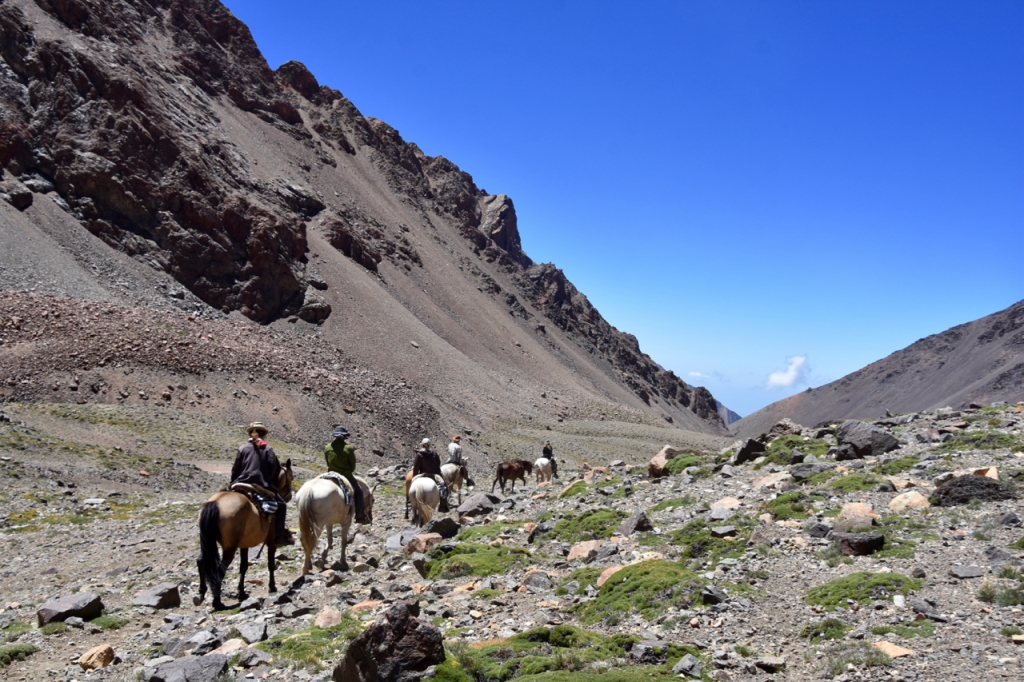
Ultimately, two important questions need to be answered: what impacts do these species have on the native Andean ecosystems, and what are we (or should we be) doing about them? Here lies a real challenge – we currently know very little about the impact of non-native species in the Andes, with only a handful of scattered studies touching upon a limited range of potential consequences. Clearly, there’s much work ahead!

So, where do these findings lead us? The paper concludes with a strong warning message and a call to action: Andean countries have some catching up to do, particularly concerning impact studies, policy frameworks, and management. Achieving this ideal involves crucial cross-country communication, facilitating the optimization of strategies throughout the entire Andean region. Undoubtedly challenging, but as anthropogenic pressures on the Andes intensify and the climate warms, the risks, and impacts of non-native species in the Andes could rapidly escalate.

